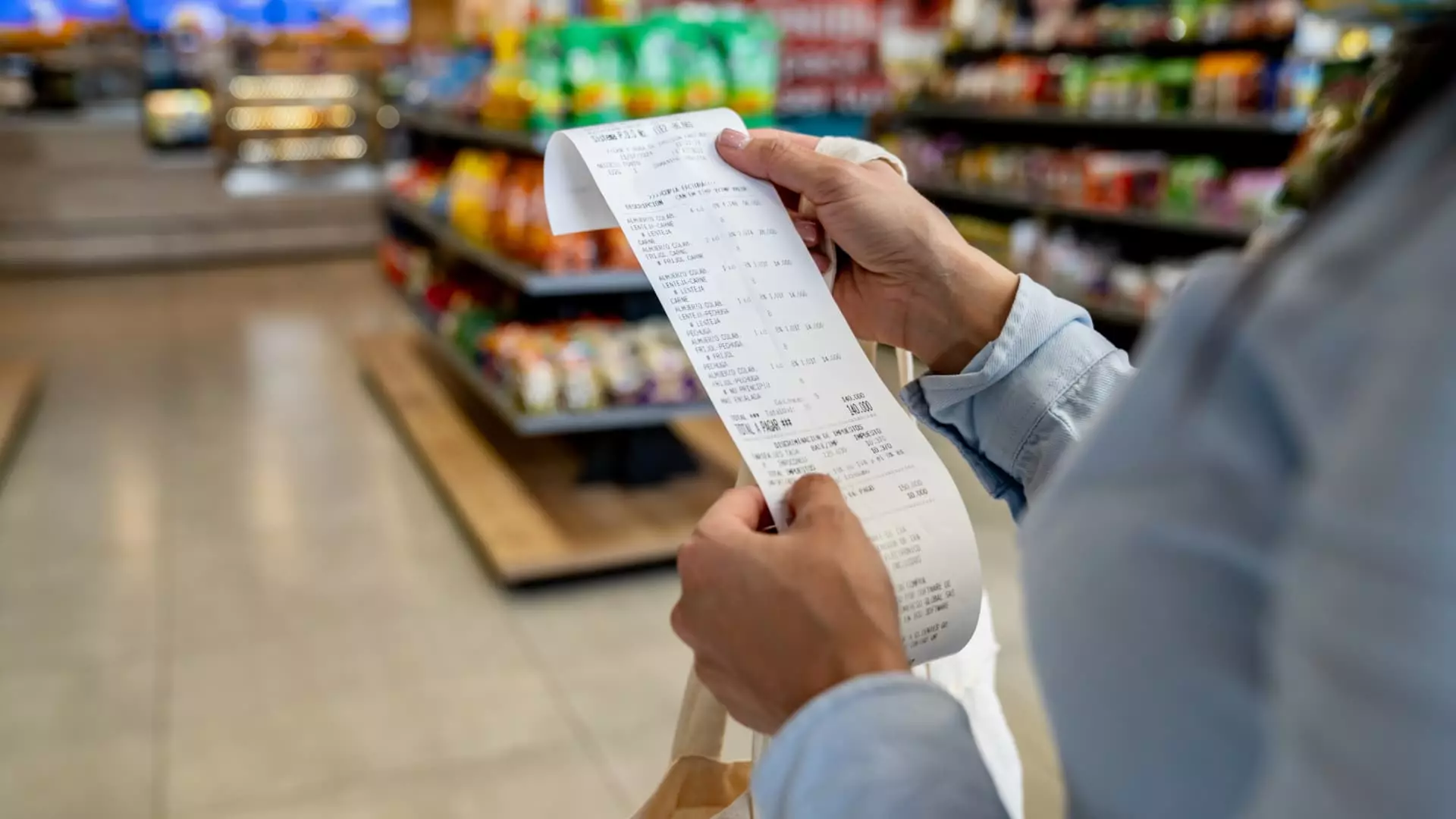Inflation has become an increasingly pressing topic in economic discussions, particularly as consumer prices in the U.S. have exhibited an upward trend in recent months. The latest data published by the Bureau of Labor Statistics confirms that inflation is not merely a fleeting concern. In November, the Consumer Price Index (CPI) escalated by 2.7% compared to the previous year, representing a marginal increase from October’s rate of 2.6%. This analysis delves into the underlying factors contributing to rising inflation, assesses various sectors most affected, and explores the implications for consumers and policymakers.
The regular fluctuations in inflation can be perplexing for consumers and economists alike. The current inflationary environment reflects an interplay of numerous variables. Despite some segments — especially in shelter — showing signs of easing, areas such as groceries, gasoline, and new vehicle prices have increased significantly. Mark Zandi, chief economist at Moody’s, remarked that while there isn’t an explicit cause for this inflationary tempo, it is evident that pressures are pervasive across various sectors. The broad-based nature of price increases can create an unclear economic picture, resulting in consumer confusion and concern.
An inflation rate of 2.7%, particularly when juxtaposed against a dramatic pandemic-era peak of 9.1%, reflects proactive efforts by the Federal Reserve to stabilize the economy. Nonetheless, rising prices still weigh heavily on households, which are grappling with elevated costs of essentials like groceries. As such, economists urge caution and suggest a careful watch on trends over the coming months.
Recent CPI data highlights disturbing trends, especially in the grocery sector, where inflation has risen from a modest 0.1% in October to 0.5% in November. A significant driver of food inflation has been unprecedented spikes in egg prices, which soared by 38% year-over-year. Artificial supply limitations, particularly due to avian flu, have aggravated these price increases. Despite these unsettling statistics, economists maintain that food price fluctuations are often volatile and may not signal a long-term trend. This perspective stresses the need for consumers to stay informed but not overly alarmed by short-term spikes.
Another critical area experiencing inflationary pressures is the transportation sector. New vehicle prices rose by 0.6% from October to November, highlighting the ongoing impact of supply chain disruptions that emerged during the pandemic. The unique semiconductor shortage that has been well-documented remains a contributing factor to the erratic pricing of automobiles. Simultaneously, insurance costs have been influenced by these inflated vehicle prices, complicating matters for consumers in both the automotive and insurance markets.
Labor market dynamics also play a significant role in the inflation landscape. Wage growth has seen a slight moderation overall, potentially alleviating some inflationary pressures. However, certain industries, such as healthcare, continue to face labor shortages that could result in sustained price increases. The healthcare inflation rate rose by 4% annually, highlighting the continuing challenges within this sector. The interplay of wage growth and consumer prices illustrates the complex relationship between labor markets and inflationary trends.
In terms of housing, which comprises the largest component of CPI, shelter has contributed significantly to overall inflation. While the shelter index experienced a notable increase of 4.7% over the last year—the smallest rise since early 2022—its influence on consumer expenses remains substantial. Departments of housing and financial policy will need to continue monitoring developments closely, particularly as rent inflation and owner-equivalent rent still pose challenges for the economy.
Looking ahead, while there exists a more stable economic environment post-pandemic, the reality is that inflation will likely persist in some form. Economists like Joe Seydl from J.P. Morgan Private Bank express cautious optimism, believing that despite the recent resurgence in certain price levels, overarching trends favor a gradual return to normalcy. The Federal Reserve’s long-term target of holding inflation around 2% provides a benchmark against which recovery can be measured.
As consumers navigate this ongoing inflationary landscape, fostering financial literacy becomes paramount. Understanding market trends, making informed purchasing decisions, and budgeting prudently can empower consumers amid rising costs. Policymakers, on the other hand, will need to find innovative solutions to ensure sustained economic stability while addressing the needs and anxieties of households feeling the pinch of inflation.
Inflation remains a complex challenge laden with both difficulties and opportunities. With careful observation and sensible decision-making, stakeholders in the economy can work together to create a more balanced and less volatile inflationary environment.

